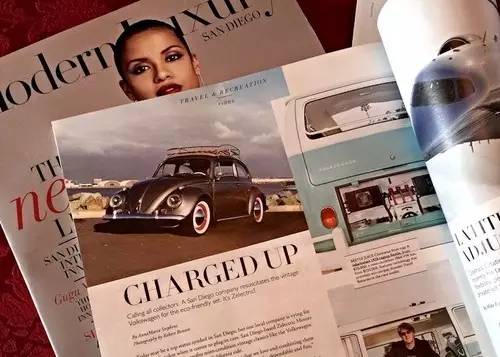Before the appearance of Tesla, most electric cars had a poor appearance, or in other words, an appearance that was not recognized by the public.
There is a person in the United States named David Bernado, who couldn’t bear to see this situation.
He complained that the BMW i3 was too ugly, so he wanted to do something about it himself.
Although he didn’t have strong capital or engineering background, he couldn’t be stopped by a group of people who couldn’t tolerate bad appearance.
He emphasized that “I am not for environmental protection, just for good looking.”
He conceived the idea since 2006, and in 2012, he pulled together a team and established Zelectric Motors. After two and a half years, he finally launched his work.
They do not produce electric cars, nor do they do body design. Instead, they use retro and elegant classic car models to do electric conversion, allowing old models to regain their vitality.
For the first car, they chose the Volkswagen Beetle.
Firstly, the styling design is undoubtedly “good-looking”, and secondly, the Beetle has a lightweight body, which is very important for electric cars. Especially the Beetle produced between 1958 and 1966, the body structure is most conducive to transformation and upgrading.
The conversion process does not involve any welding or cutting of the body, only the clutch, engine, and other structures are removed, and the opposed-cylinder engine is replaced with an electric motor. Twelve batteries are installed in the front hood, and 25 batteries are installed in the trunk. Equipped with an on-board engine and a display screen for displaying the remaining power on the dashboard, the antique car has been transformed into an electric car.
The vehicle uses a 22 kWh lithium iron phosphate battery and a 65 kW three-phase AC motor. After the transformation, the horsepower increased by more than twice, reaching a maximum speed of over 160 km/h and a range of 128-160 kilometers. The power performance is not particularly excellent.Charging is still convenient. This car is equipped with a charging port compliant with SAE J1772 protocol and a portable 110 V household charger. At 50% battery level, charging takes 6-8 hours.
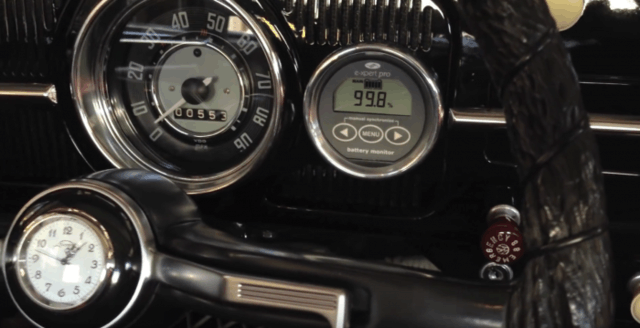
The base version is priced at $68,000 and offers optional accessories such as roof luggage racks, tire hubs, USB, etc. It takes two to three weeks for modifications.
Although the price is not cheap, their business is doing well and has been reported by many media outlets such as The Wall Street Journal and The Verge.

They have also received recognition from Volkswagen’s official magazine.
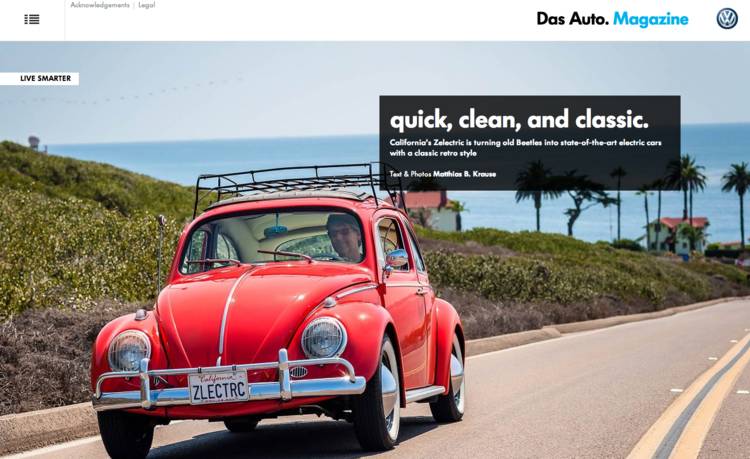
They not only modify Beetles but also Volkswagen’s most classic model, T1. If you are willing to provide them with a model for modification, the minimum labor cost is $49,000, and they accept orders from outside the United States.
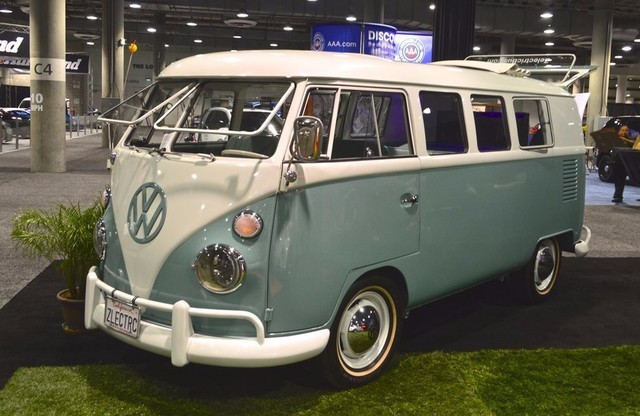
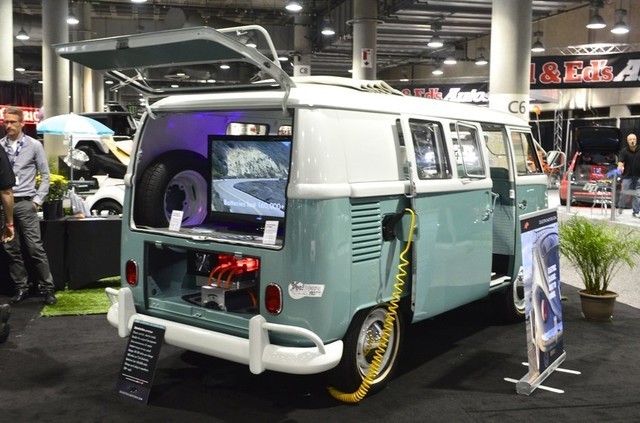
Unfortunately, it is difficult to see these vintage cars on the roads in China, let alone their modifications.
But seeing the growth of this company, it inevitably makes people want to give it a try. With the maturation of electric accessories, do modification enthusiasts have another choice? It seems that this day is not so far away.
Lastly, take a look at The Verge’s recommended video about this project.
A serious electric car enthusiast account.
Possible keywords: Tesla electric car, Google self-driving, Elon Musk, autonomous driving, BYD, batteries, Apple.
This article is a translation by ChatGPT of a Chinese report from 42HOW. If you have any questions about it, please email bd@42how.com.
